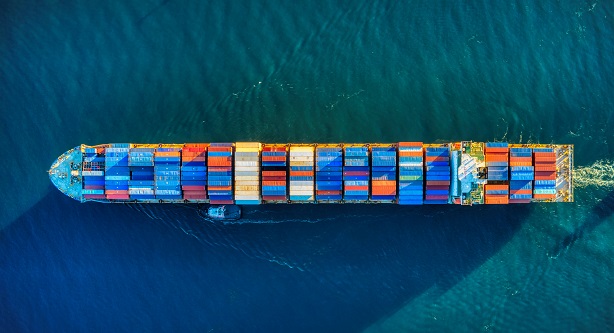China sees exports unexpectedly fall

China’s exports showed a surprise contraction last month, official data showed on Monday, as Covid-19 restrictions and softening global demand weighed heavily.
Exports fell 0.3% year-on-year in October, down sharply on September’s growth of 5.7% and the worst performance since in May 2020. Analysts had been expecting growth of around 4.5%.
Imports shrank 0.7% compared September’s 0.3% increase. Consensus had been for growth of around 0.1%.
The trade balance was $85.2bn compared to $84.7bn in September, below consensus for $96bn.
Exports to Europe fell 6% month-on-month, by 7.4% to the US and by 6.5% to the Association of Southeast Asian Nations (ASEAN), which includes Thailand, Singapore and Vietnam, among others. Year-on-year, however, exports to ASEAN - China’s largest trading partner by region - grew by 20%, while imports rose 4.5%.
China has followed a strict policy of zero-Covid, which has resulted in stringent rolling lockdowns. At the same time, surging inflation and weakening consumer confidence has seen the global economic outlook soften, weighing on demand.
Beijing recently denied growing speculation that it was considering easing its zero-tolerance policy.
But Neil Wilson, chief market analyst at Markets.com, said: "Despite the statement from the authorities, it is believed that the continuing weakness of the Chinese economy could yet prompt an easing in the new year. Such hopes seem to be underpinned by [the trade] data, which missed forecasts and showed contraction."
Iris Pang, chief economist, Greater China, ING, commented: "We can balance the Golden Week holiday in China for the monthly contraction in exports and imports, but the holiday does not have any season effect on the year-on-year data. As such, the contraction in international trade activity stems from other factors.
"Inflation in Europe and the US continued to be high, which could be a factor. Slower imports of electronic products pain a similar picture.
"ASEAN stood out as a source of growth for imports, which shows that the supply chain of China-ASEAN continues to build."